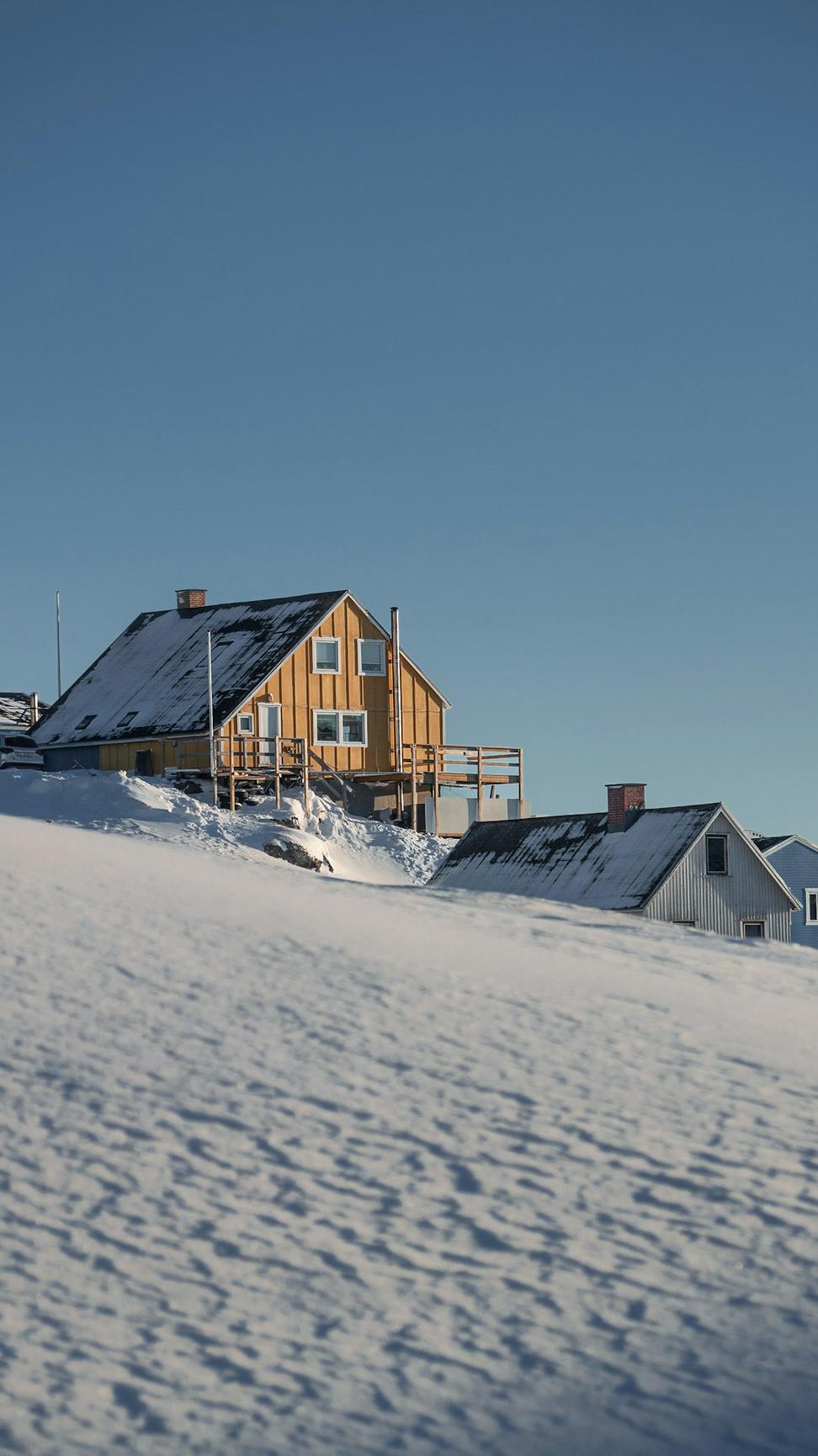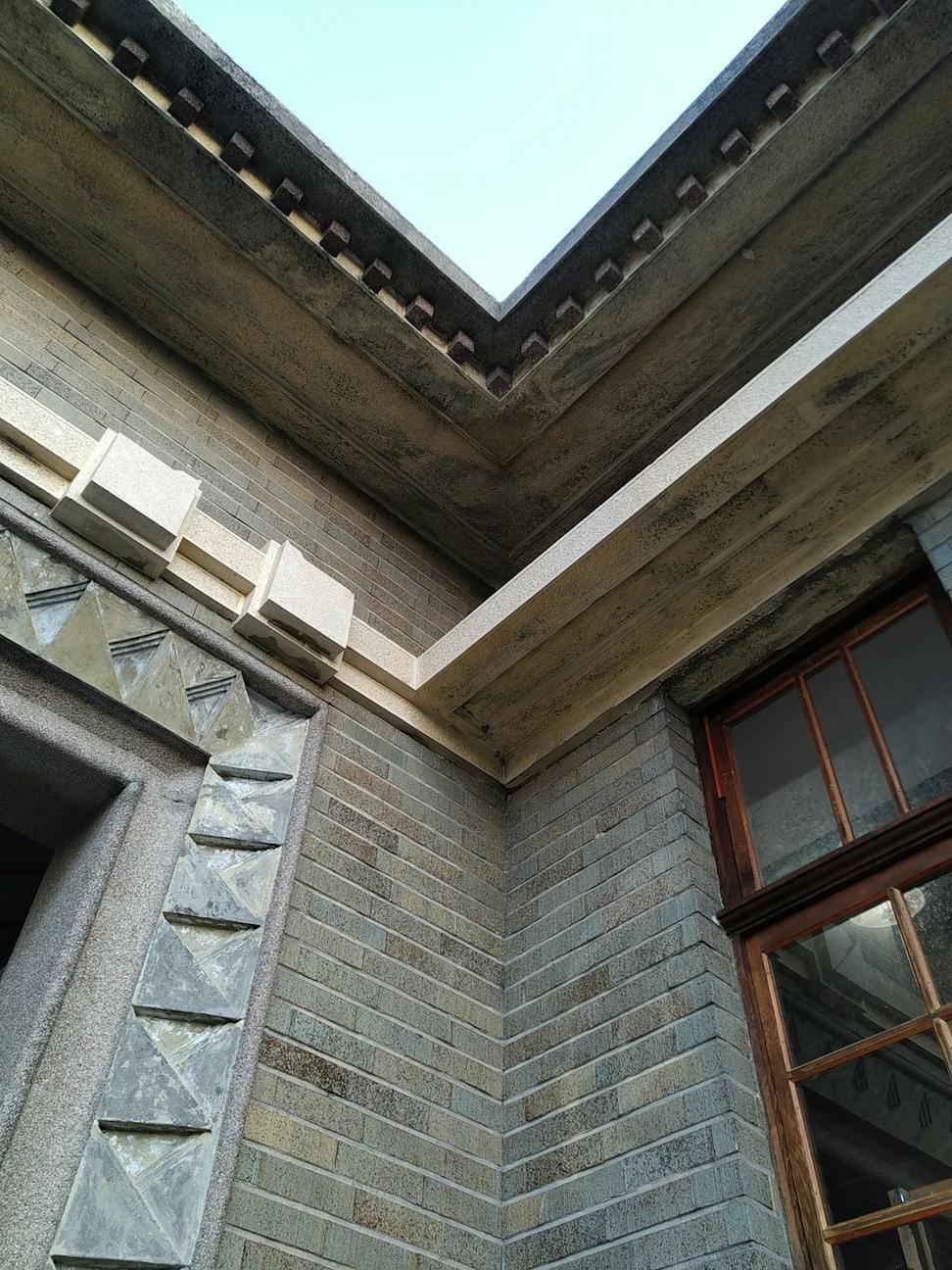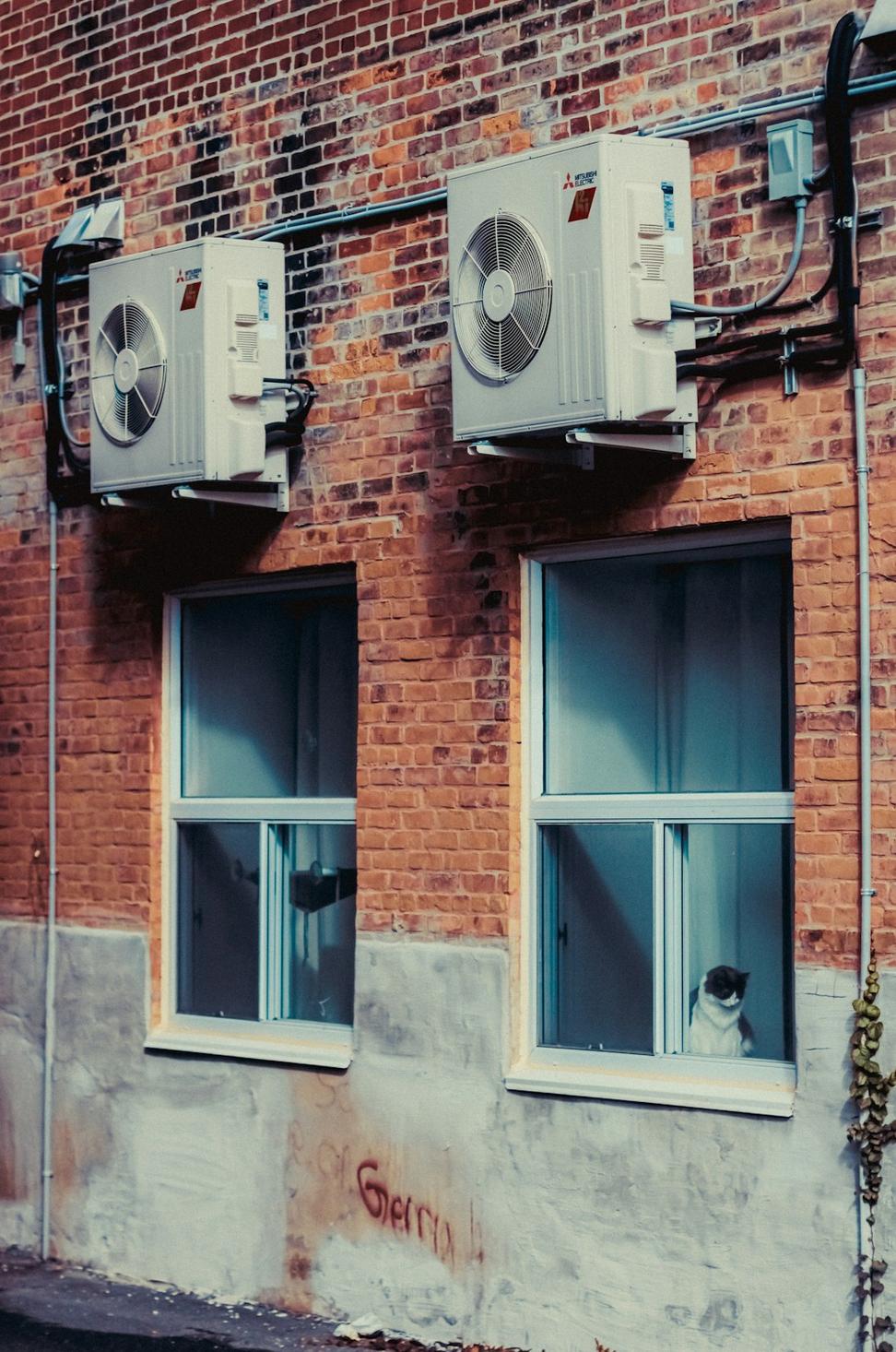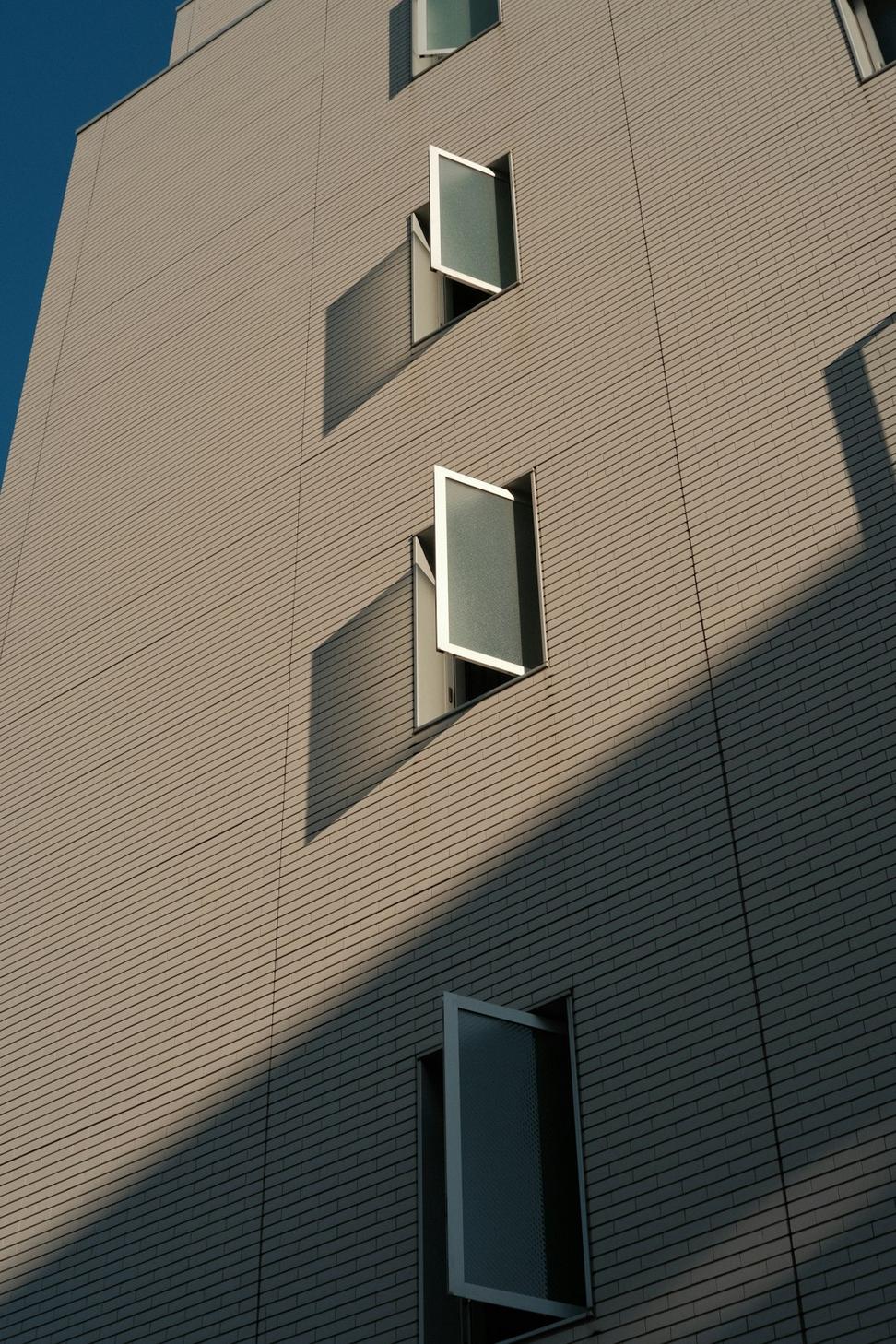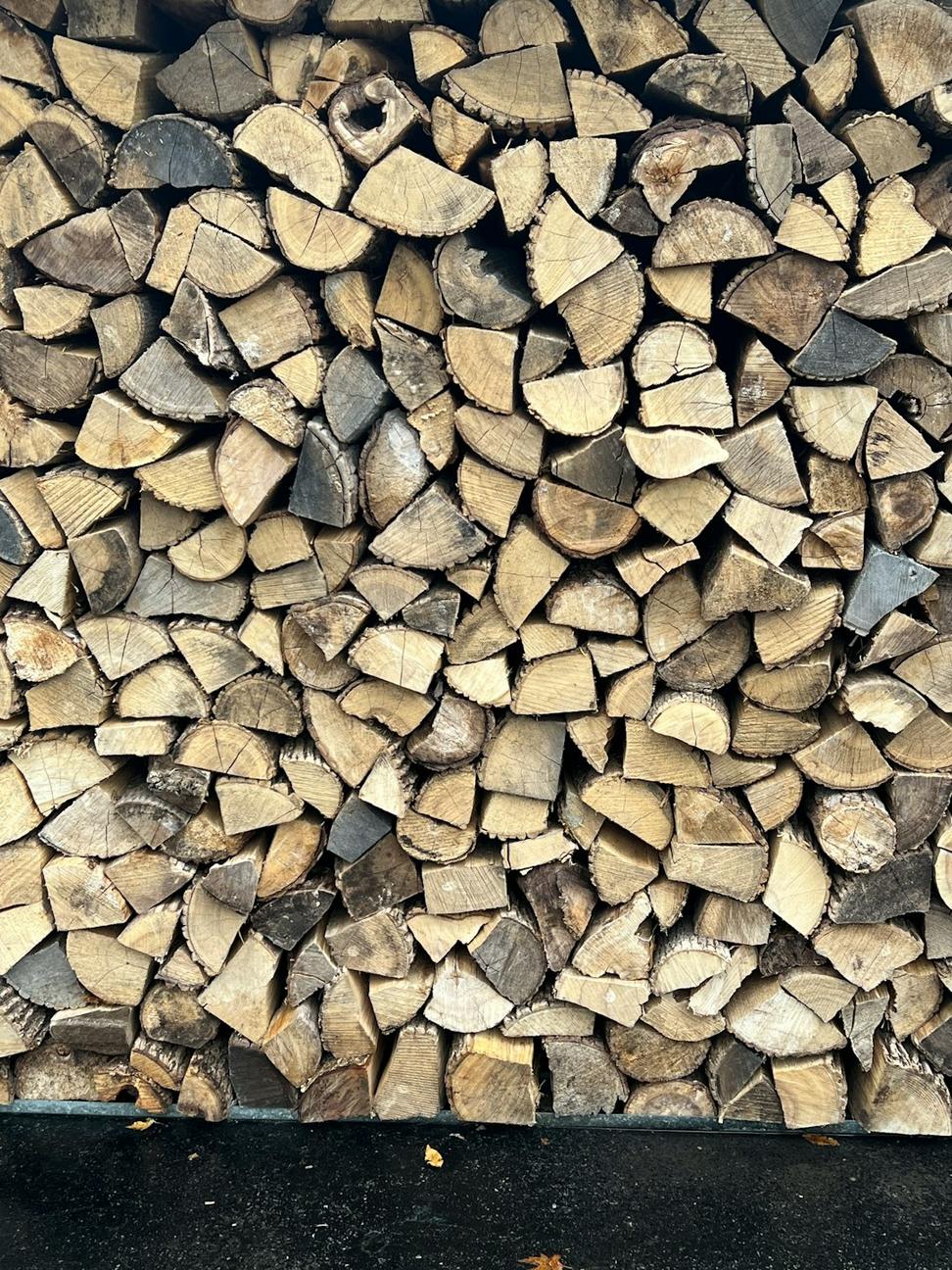Building with the North, Not Against It
Look, we've spent years figuring out how to make buildings that don't just survive the arctic — they thrive there while being kinder to the planet than your average southern glass tower.
Real sustainability up north isn't about following some checklist from warmer climates. It's about understanding what -40 degrees actually does to materials, how snow accumulation can become thermal insulation, and why passive solar gain matters way more when you've got four hours of winter daylight.
